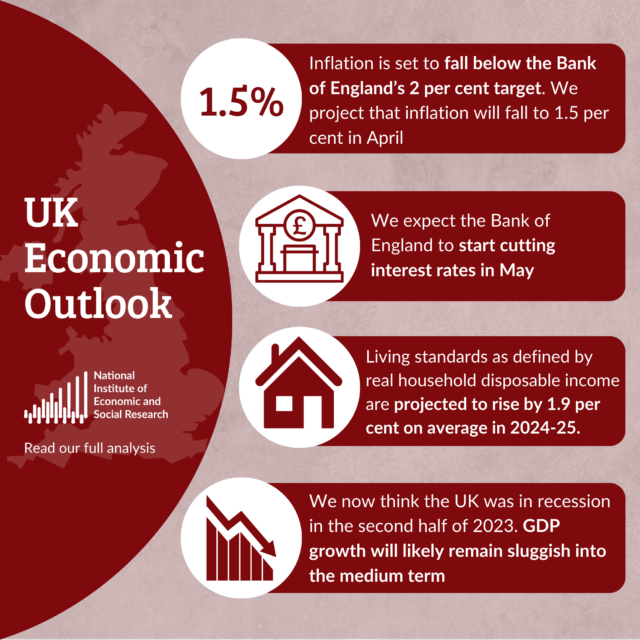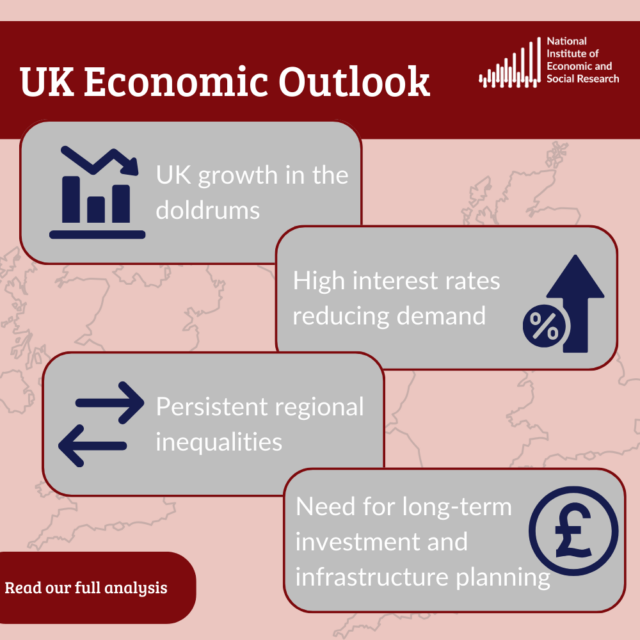Industrial strategy should include more support for retraining and upskilling
When the Industrial Strategy was up for consultation earlier in the year, my colleagues in the Centre for Vocational Education Research (CVER) and I emphasised the importance of well-targeted Active Labour Market Policies (ALMP) to help with the re-training and upskilling in an economy increasingly affected by structural changes.
When the Industrial Strategy was up for consultation earlier in the year, my colleagues in the Centre for Vocational Education Research (CVER) and I emphasised the importance of well-targeted Active Labour Market Policies (ALMP) to help with the re-training and upskilling in an economy increasingly affected by structural changes.
Our recommendation was supported by evidence of some of my own research, which included the economic impact of adult education for more than twenty years, and also by the international literature. In most of the studies applying rigorous evaluation designs, further training has been identified as the more effective mechanism to achieve re-integration of people affected by industrial structural change/individual unemployment compared to other interventions, such as (temporary) employment or active job creation in public work programmes.
In the light what we said, I think that yesterday’s announcement of a “National Retraining Scheme that supports people to re-skill” is a step into the right direction. However, the initially proposed £64m investment in digital and construction re-skilling are unlikely to make much of a difference. Putting this in context using workforce jobs statistics, targeting the 10% of people with the highest skills needs translates into courses costing around £300. This is unlikely to provide the productivity boost we need and seems insufficient to reverse the trend in declining adult education, which has affected the country for a long time.
Compared to other European countries, based on harmonised statistics, the UK’s spending on ALMP as percentage of the GDP (that’s further training/retraining as well as job creation) has been low as can be seen in the figure below.
Since the UK spending itself has not been updated in recent years, we focus on the other European countries. As can be seen in the graph, high income/high productivity economies like Denmark and Sweden spend around 1% of the GDP on ALMP. The larger economies of Western Europe that are more comparable to the UK (such as Germany and France) spend around half that on average. In the light of this – even if yesterday’s Industrial Strategy had included a much higher amount dedicated to further training/retraining, e.g. £4bn – it would have still been much less as a % of GDP than in most other countries.
This shows that much more needs to be done to make a serious attempt to increase the UK’s adult skills profile.
The government should make a commitment to increase investment to a much higher level while making sure that the right mechanisms are chosen to minimise the potential for deadweight and substitution of existing upskilling. Policy should aim to maximise the return to ALMP spending – which is likely to show net social benefits in the longer term – by engaging the groups who can benefit most.






















